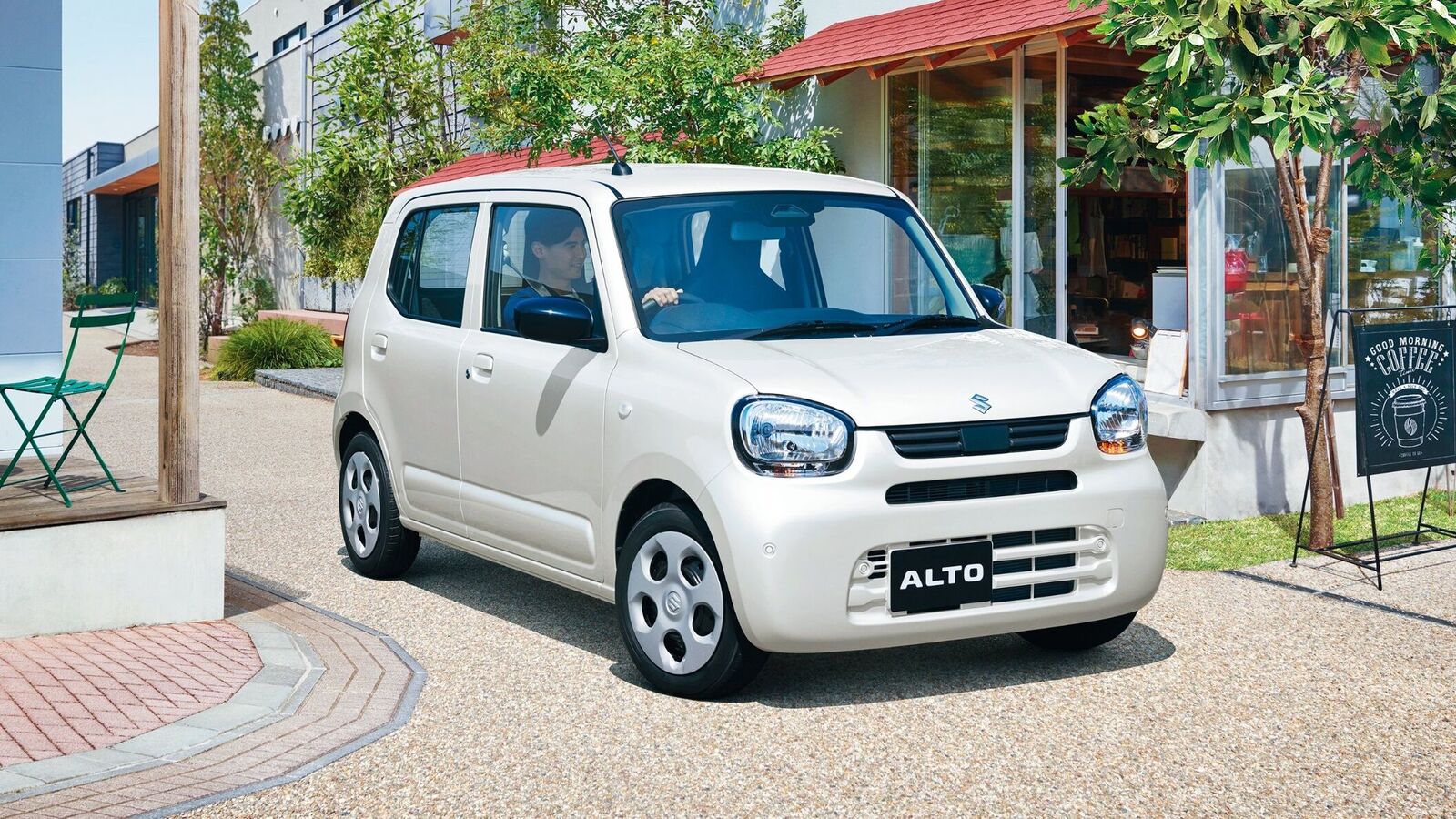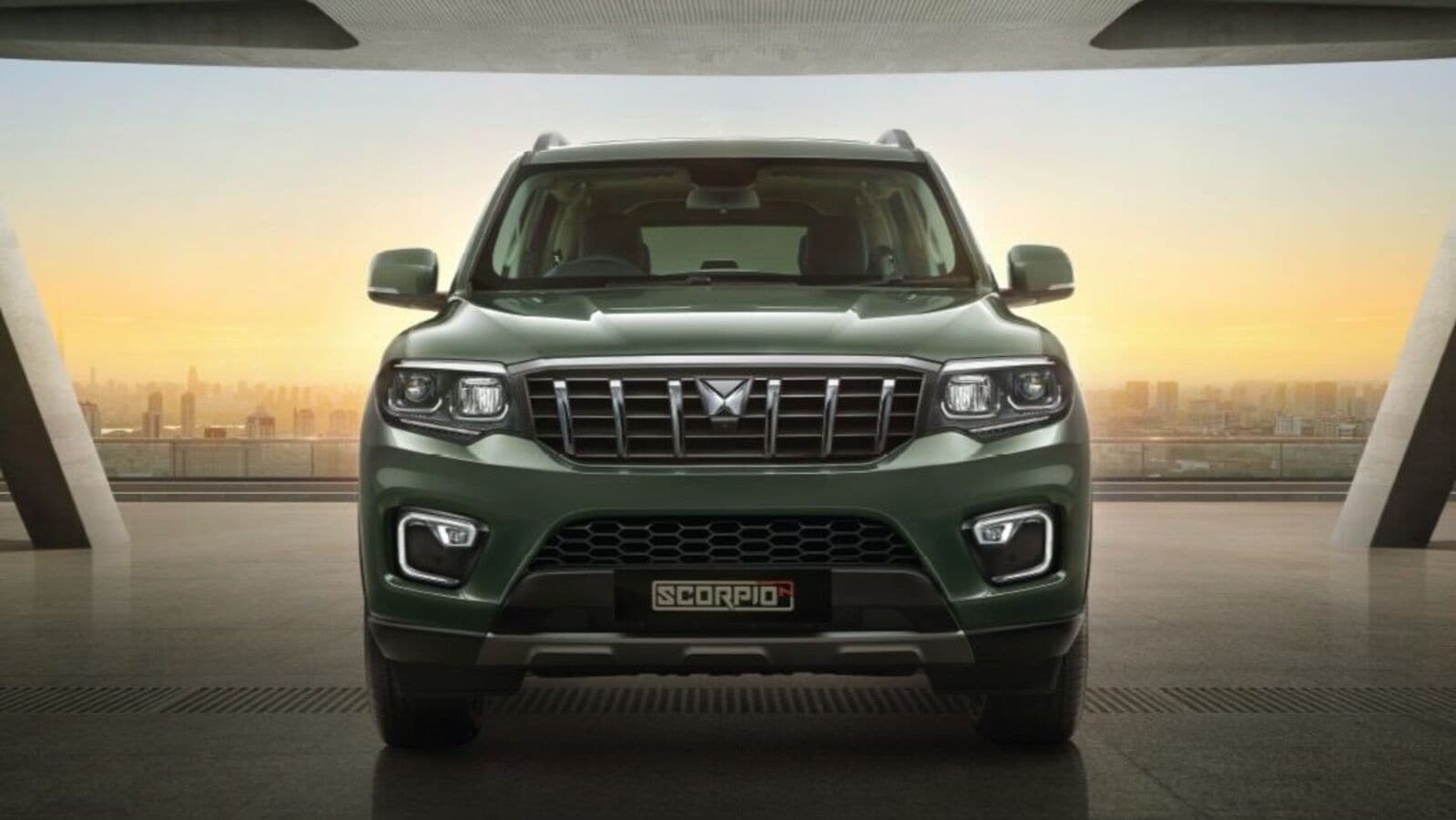“From Argo, we are [in the process of] taking over nearly 100 individuals, and they bring all the operations competencies in the team. They had their own fleet control app and booking platform; this is also coming to us, and a lot of knowledge about safety conditions on U.S. ground and so on, as well as the hub in Austin, which we took over,” Senger defined. “We are really stepping in the [footsteps] of Argo, but with a total different tech setup and a little differentiated business approach.”
In Austin, the corporate will first of all utility short-wheelbase variations of the ID Buzz electrical minivan imported from Europe for the checking out program. They’ll be provided with the Mobileye generation stack. After, the corporate plans to transition to in a similar fashion provided long-wheelbase variations of the ID Buzz, like the ones that can advance on sale then day in North The usa.
“The big aim is that we bring fully autonomous vehicles to the market as a commercial, scalable product,” Senger mentioned. “We want to be partners of the cities. We want to improve mobility in cities, road safety, and we want to be a real alternative to a private car.”
VW has been working experiments with ride-hailing and self sustaining variations of the ones services and products in its local Germany for a number of years. However Katrin Lohmann, president of VW ADMT — which stands for Self sufficient Riding Mobility and Shipping, beneath VW Business Cars — mentioned U.S. towns provide a better attainable for the underlying trade case than do operations in Europe, the place VW has been experimenting via its Moia subsidiary.
“The U.S. is already more mature in terms of ride-hailing,” Lohmann mentioned. “Cities [in the U.S.] are growing and growing, and therefore we think that the overall market potential in the U.S. will be bigger than the market potential in” Europe.




